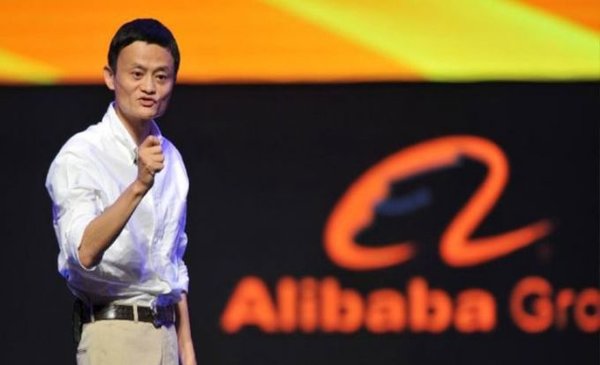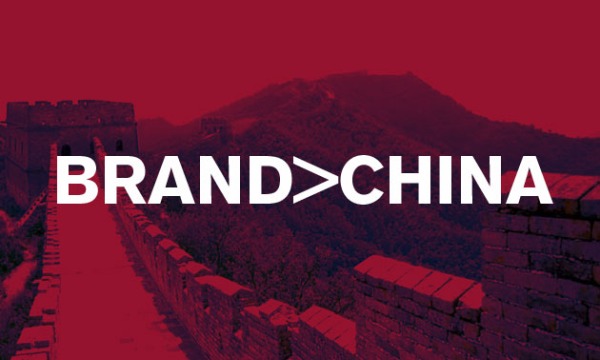From the moment the fireworks exploded over Beijing at the Olympics’ opening ceremony, you knew something fantastic was taking place.
But you’d have been forgiven for underestimating just how truly fantastic those fireworks were, because many of them did not actually occur. They were digitally enhanced video effects superimposed onto the Beijing night sky by a team of special-effects experts headed by Gao Xiaolong. ‘Most of the audience thought the display was filmed live, so that was mission accomplished,’ smiled a clearly delighted Mr Gao after the event.
Meanwhile, equally fantastical events were taking place inside the ‘Bird’s Nest’ stadium, where little Lin Miaoke was belting out a rousing rendition of Ode to the Motherland. It emerged later that Miaoke had been lip-synching and the real singer was another, slightly less photogenic, seven-year-old called Yang Peivi. Chen Qigang, musical director of the opening ceremony, explained to the world’s media that Lin Miaoke was chosen ahead of Yang Peivi because she was nicer looking.
In China, there is often a vague but accepted disparity between what is seen as genuine and what is real. Fake fireworks that look real can be better than actual gunpowder. It’s acceptable to have a little girl singing with someone else’s voice if it makes for better entertainment. Copies and fakery can be better than the real thing. That’s important, given the influence China is about to have on branding over the next century.
There are already four Chinese brands in Millward Brown Optimor’s Top 50 Global Brands league table. Shame on you if you can’t name at least two, given that all of them are already bigger brands than Mercedes, Nike or Starbucks. More will follow, and they are unlikely to emerge from the traditional Western points of brand origin – innovation and differentiation. Many of the new Chinese brands will emerge from less traditional sources of brand provenance – replication and similarity.
We have already seen several examples of how imitation is the first page in the book of Chinese brand-building. The automotive producer Shuanghuan made headlines last year by producing new cars that looked uncannily like the BMW X5 and Mercedes’ Smart car.
Li Ning, for example, is probably the most noted example of the new generation of up-and-coming Chinese brands. What makes Li Ning special is its lack of difference from its two key international sportswear rivals, Nike and Adidas. While its logo might have been created from the company founder’s initials, the curved identity that they form bears a striking resemblance to an upside-down version of Nike’s ‘swoosh’ logo. Similarly, Li Ning’s famous strapline, ‘Anything is possible’, is remarkably close to the Adidas slogan ‘Impossible is nothing’.
It would be too easy to look down our Western noses at Chinese brands that are apparently bent on replication rather than revolution. Give brands like Li Ning time, and their differentiation and creativity will emerge.
In the bold, new brand universe of the 21st century, the future belongs to Chinese brands – even if they begin looking very similar to Western brands whose days of global domination could soon be consigned to history.
30 SECONDS ON … LI NING
– Li Ning was born in 1963 in China’s Guangxi province. Li joined the country’s first Olympic team for 32 years and returned from the 1984 Games with six gymnastics medals.
– Li formed his brand in 1990. It has a 10.5% share of the Chinese branded sportswear market. It has 4300 retail stores in China and rolls out about 600 different styles of sports shoe every year.
– To keep pace with Nike and Adidas, Li Ning has used budget sponsorship deals with the US table tennis team, the Sudanese track team and NBA star Shaquille O’Neal when he plays in China.
– Li himself lit the Olympic flame at the opening ceremony, despite the fact that Adidas was the major sponsor. Because of the $80m sponsorship deal, when he lit the flame he was wearing an Adidas tracksuit, but most Chinese citizens assumed his brand was the major sponsor of the Games.
The Blake Project Can Help: The Brand Positioning Workshop
Branding Strategy Insider is a service of The Blake Project: A strategic brand consultancy specializing in Brand Research, Brand Strategy, Brand Licensing and Brand Education





One comment
Eamon
August 26, 2008 at 1:45 am
It will be interesting to follow over the next few years how Chinese (or hybrid Chinese / Western) brands develop over the next few years. My experience of traveling through this part of the world, the Olympic Games and what I know in general is that important brands are going to develop quickly over the next few years out of China. Anyway, will be interesting to see.
Comments are closed.